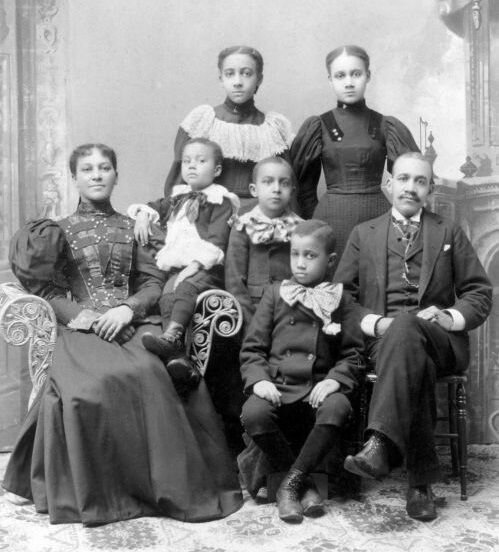Image courtesy of La Crosse Public Library Archives
Peggy Derrick
The La Crosse County Historical Society began publishing our series of weekly essays, “Things That Matter,” in the La Crosse Tribune in February 2015, nearly six years ago. That’s nearly 300 articles on individual objects in our collection of historical artifacts.
In 2015 we had just completed the move out of our space in the Public Library building on Main Street to this former church that now serves for offices and collection storage but is incompatible with public exhibits. We were looking for ways to continue to share our collection with you, the public. It was an experiment, and we did not realize how popular the series would be or that we would still be doing it in 2020.
I am grateful to you, our readers, for your continued interest in the stories we have shared. As humans, we seem to learn best through stories, and that is a lesson I have taken to heart from researching and writing these articles.
Now our new regional history museum at 506 Main St. will open soon, and we will continue sharing stories of local history through exhibits and (when COVID allows) public programming. There will even be a small display of some of the artifacts featured over the years in this column.
The staff and board of directors are eager to welcome you to the new La Crosse Area Heritage Center. We look forward to the day when large tour groups can once again visit. But most of all, we are eager to invite the students of La Crosse County to come with their parents or teachers.
History becomes meaningful when we can relate it to ourselves and our hopes for the future. We use stories from the past to define who we are now and envision the future we want to create. People have always done this, whether through monuments, textbooks, or stories told around a fire or a kitchen table.
What we choose to honor from the past speaks volumes about what and who we value. It sends messages to our children about who is recognized as members of the community. That’s why I am looking forward to welcoming students to a Heritage Center that recognizes the contributions of county residents of many races, cultures, and traditions. Along with Nathan Myrick, John Levy, and Johanna Heileman, students will find images of Ho-Chunk ancestors and early African-American settlers. They will see textiles and metalworking created by Hmong elders.
Our region’s future will be brighter if all our children can see themselves reflected in local history and grow up feeling valued as members of the community. It is part of our responsibility as a regional history center to strive to fulfill this role, and I am proud of the progress we are making.
History is a catalyst for economic growth. Communities with cultural heritage institutions and a strong sense of historical character attract talent, increase tourism revenues, enhance business development, and fortify local economies.

